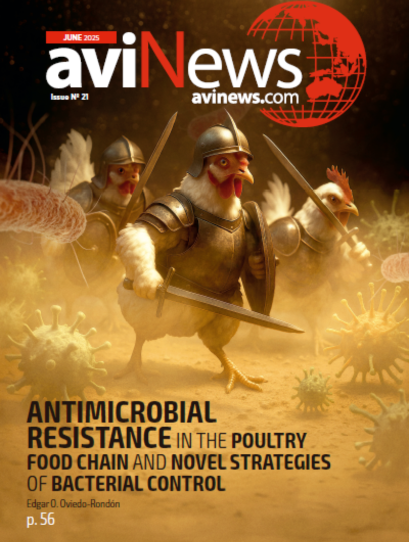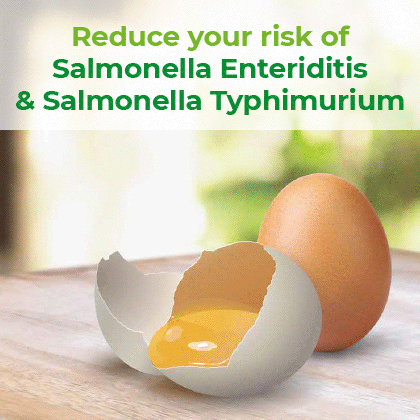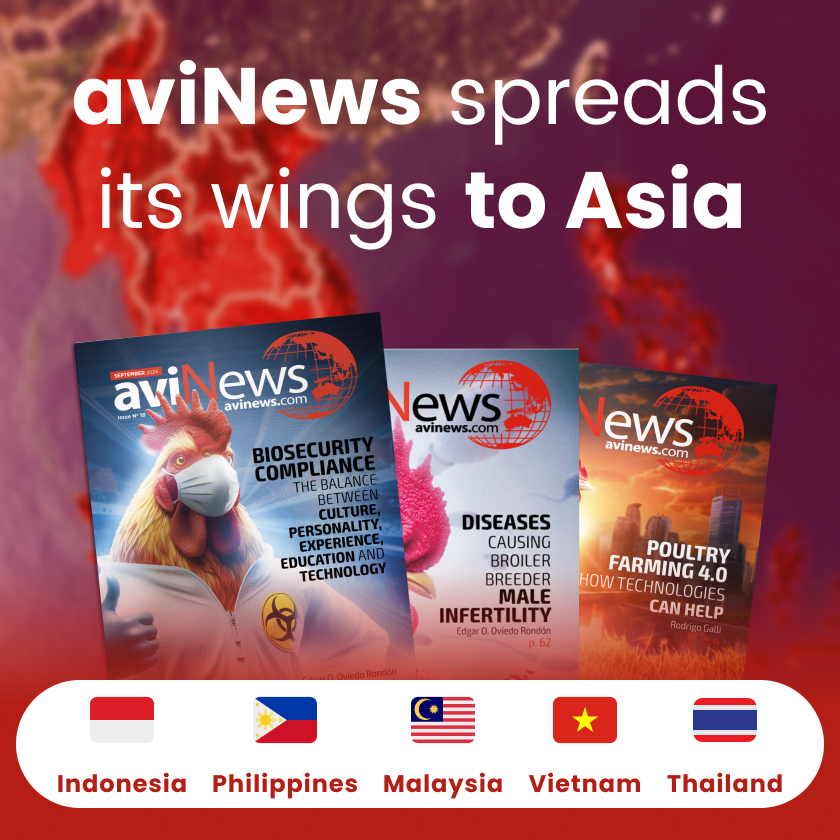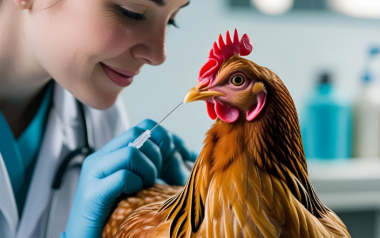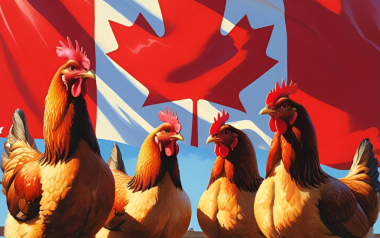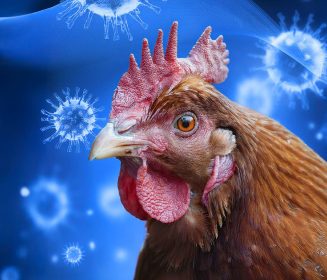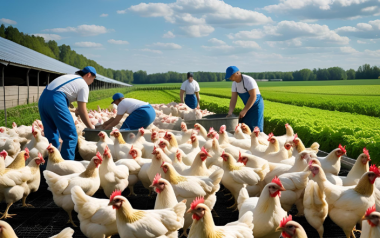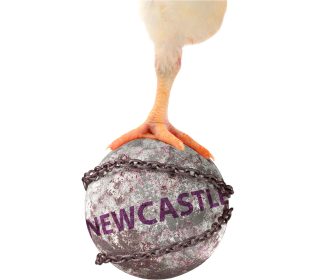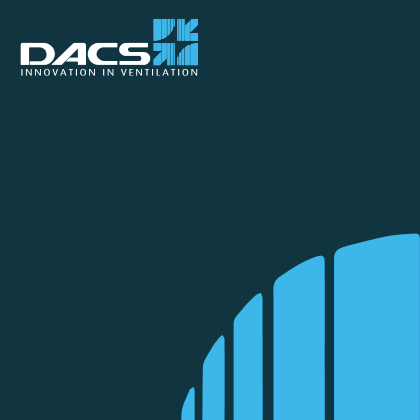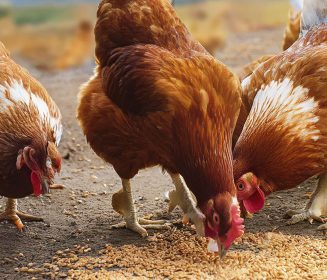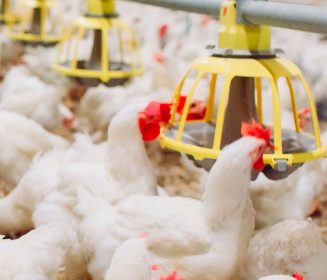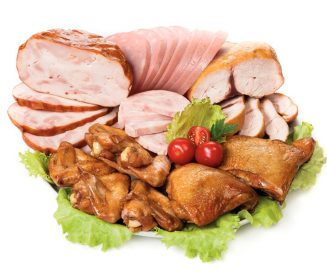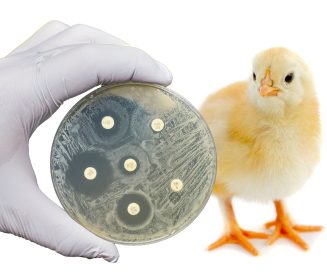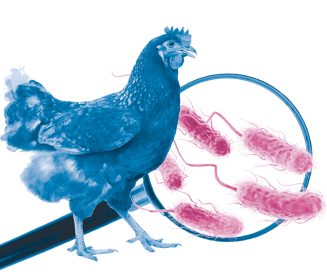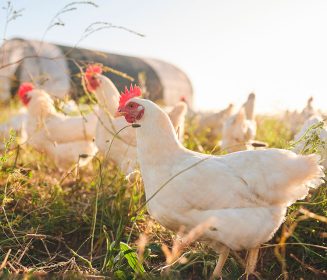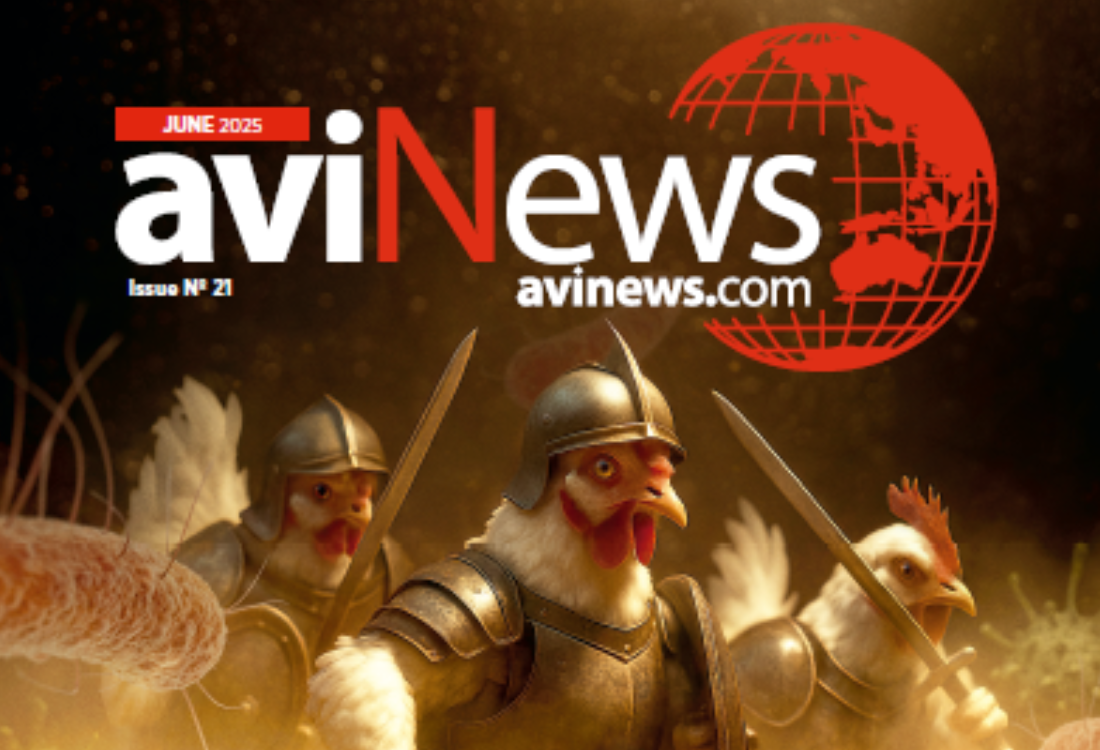Microscopic lesions
30 Aug 2021
Lesions, diagnosis, prevention and control of Infectious Laryngotracheitis
Infectious Laryngotracheitis also known as ILT is a highly contagious respiratory disease that affects avian species. Chickens are the primary host which present conjunctivitis, sinusitis, oculo-nasal discharge, respiratory distress and considerable mortality.
Infectious Laryngotracheitis also known as ILT is a highly contagious respiratory disease that affect avian species. The etiologic agent is a pneumotropic virus of the family Herpesviridae. Chickens are the primary host which present conjunctivitis, sinusitis, oculo-nasal discharge, respiratory distress and considerable mortality.
Kaur (2021) mentions on a recent review that some microscopic lesions in the tracheal mucosa can include loss of goblet cells, infiltration with inflammatory cells, loss of cilia, presence of multinucleated giant cells, lymphocytes, histiocytes and plasma cells. Since this disease is responsible for the destruction of epithelial tissue and rupture of blood capillaries, hemorrhage may occur.
Diagnosis
Clinical signs of the disease and clinical findings on the necropsy can help determine the diagnosis. However, some other respiratory diseases can produce similar alterations.
“Conjunctivitis, gasping, open mouth or extended head respiration dyspnea, and from gross lesions such as catarrhal to hemorrhagic tracheitis, fibrinopurulent to caseous exudates or cheesy or caseous plugs in the larynx and trachea are usually observed on necropsy”
Conventional methods for diagnosis include histopathology, virus isolation by embryonated chicken eggs and cell culture, immunofluorescence, immunoperoxidase assay, and serology. Additionally, some authors have revaluated diverse methodologies to determine the presence of the pathogen in different samples. These include PCR on formalin-fixed, paraffin-embeddded tissues, immunohistochemistry, real-time PCR, electron microscopy among others.
Prenvention and control
As recommended for all poultry productions, it is necessary to establish a good biosecurity plan. In broilers, despite there is a vaccine and it could help control outbreaks, for prophylactic purposes it could not be as effective as other vaccines. However, in endemic areas together with a biosecurity plan could reduce the chance to get an outbreak.
Antibiotics are not recommended since the virus cannot be controlled in this way, but the agent can exhibit co-infection with other bacterial pathogens. Thus, antibiotics should
TO CONTINUE READING REGISTER IT IS COMPLETELY FREE
Access to articles in PDF
Keep up to date with our newsletters
Receive the magazine for free in digital version
REGISTRATION
ACCESS
YOUR ACCOUNT
LOGIN
Lost your password?

